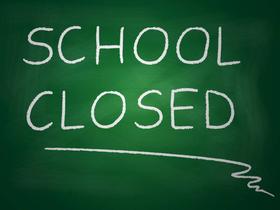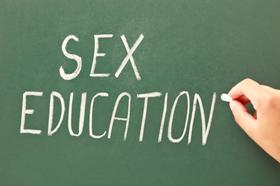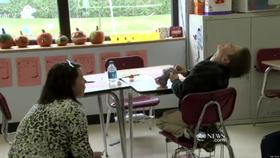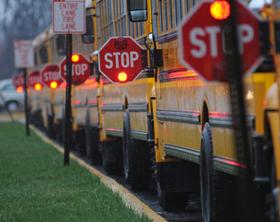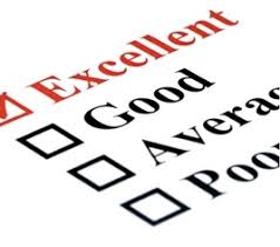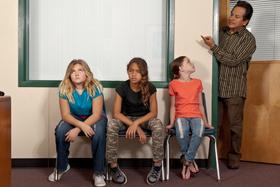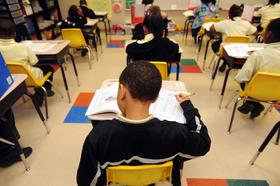A new trend in public education is sweeping the country: the introduction of teacher-led schools that put teachers in the driver's seat of both the classroom and the daily operations of the schools at large. Teacher-led schools have begun operating in cities across the country, including Los Angeles, Denver, Boston, and Milwaukee. Recently, a new teacher-led school was introduced in Detroit as well, according to an article in Detroit Free Press.
Bye-Bye Bureaucracy
The concept of teacher-led schools started with the idea that teachers were better equipped to meet the needs of students than administrators ever could be. Teachers work with children and curriculum every day, but in traditional campuses, still need to get modifications and new programs approved by principals and school supervisors before they can put them into action. By eliminating school administration, teachers put themselves in the position of adjusting curriculum and adding programs to meet the specific needs of the students in their schools.
Many of the teacher-run schools starting today have been located in low-income neighborhoods, where students already have many socioeconomic hurdles to overcome. For example, teacher-governed schools in Minnesota and Wisconsin consist of a high number of low-income Latino students, and one school in the area boasts a 100% Native American population. Another serves gay and lesbian students who were bullied in mainstream schools, according to a report at The Free Library.
This video reports on schools without principals.
Advantages of Teacher-Run Schools
One school in Denver, Colorado, Mathematics and Science Leadership Academy, has seen many advantages to switching to a teacher-governed model. According to a report on CNN, the teachers at this school can easily rearrange lessons so that they make more sense to students. Traditional schools require that teachers get administrative approval to make such changes.
Kim Ursetta, a teacher at Mathematics and Science Leadership Academy, told CNN, "Studies show when you take accomplished teachers and allow them to have a leadership role, that's when they see the most success. Scores just soar. That's how we're focused here." Ursetta's school is located in a mostly low-income, largely Hispanic neighborhood. It is still too soon to see whether this new public education model will see the desired results in terms of student performance and graduation rates.
Detroit Children First
DCF is an organization made up of mostly area teachers that have been asking for a teacher-led school for many years. This fall, the organization will get its wish, with Barbara Jordan Elementary. The school will initially open for students in kindergarten through fourth grade, with a middle school operating next door. Eventually, the school will integrate into a single campus.
According to Crain's Detroit Business, an executive administrator will be named to handle enrollment and budgetary issues, in conjunction with the school's teachers. The school will also name a building administrator to handle duties with which teachers are not as familiar. The school will offer an extended day, longer school year, and enrichment activities in elective areas like art and music.
This video reports on teacher-led schools.
EdVision: A Growing Vision
EdVisions was created by money from the Bill and Melinda Gates Foundation and a federal charter schools technical assistance grant, according to The Free Library report. The Midwest organization established teacher-governed schools in low-income communities in Minnesota and Wisconsin. Minnesota allows teachers to organize as either a worker cooperative or a non-profit, while Wisconsin law requires that teacher-governed schools become chartered by the district.
Both types of schools are primarily run by staff teachers, although the sources of income and district input vary, based on the state. All of the schools in the EdVisions network serve primarily low-income or minority students, and they have touted a range of success since their inception.
Ted Kolderie, a senior associate with the St. Paul-based think-tank Education/Evolving, told The Free Library, "From what we know so far it does appear that, where teachers work in collegial groups, their attitudes and behaviors differ remarkably from those we see in conventional school settings." Initial data seems to indicate that teachers in these schools have a greater stake in seeing the schools succeed than teachers in traditional school settings.
Mixed Reviews
Despite the enthusiastic response to the schools, data supporting success continues to be mixed. According to The Free Library Report, success in the Milwaukee and Minnesota schools has been varied. Some of the schools are showing better literacy and math achievement rates, while others continue to lag behind the state averages. The schools are still too new to assess graduation rates, so data regarding the effectiveness of these types of schools are still in the works.
It will take time to determine whether teacher-led schools have the positive impact for which everyone is hoping. In the meantime, parents and teachers alike are supporting this new model in hopes the flexibility and hands-on administrative policies will be just what students need for academic success.
Questions? Contact us on Facebook. @publicschoolreview








